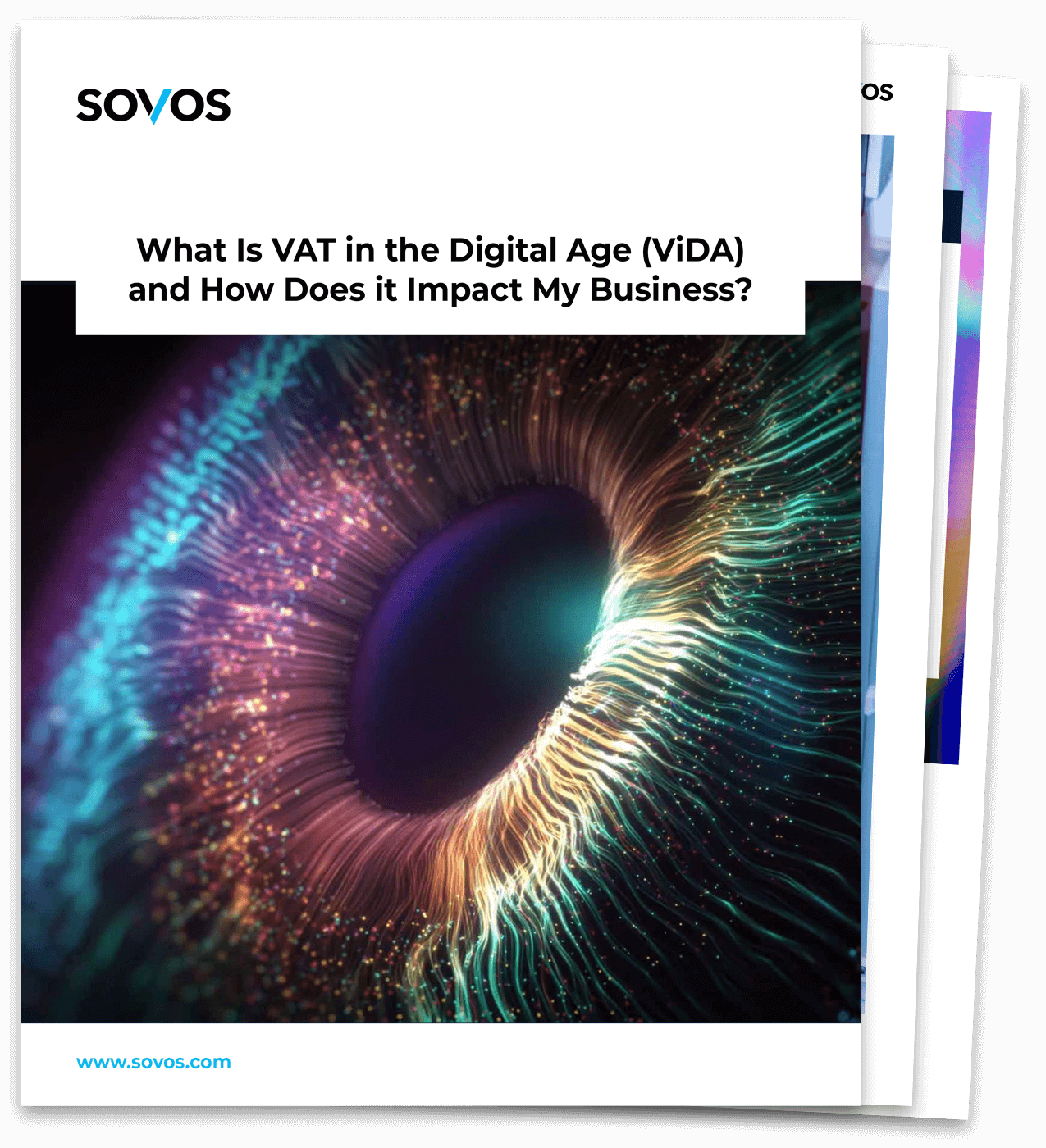What is VAT in the Digital Age?
Simply put, ViDA is a proposal that will enable EU countries to use technology to improve the current VAT system and better prevent fraud. When enacted, this will mean significant changes to how you operate in these countries.
As expected, changes of this size and scope are generating a lot of questions among businesses that conduct operations in the EU. Everything from process costs to technology needs is being evaluated as more information on ViDA becomes available.
To assist your business in navigating the uncertainty surrounding VAT in the Digital Age, Sovos has created this HUB, which will serve as your comprehensive resource for everything ViDA. Bookmark this page and stay up to date.
We will be maintaining and updating this HUB frequently as new information and assets become available.

